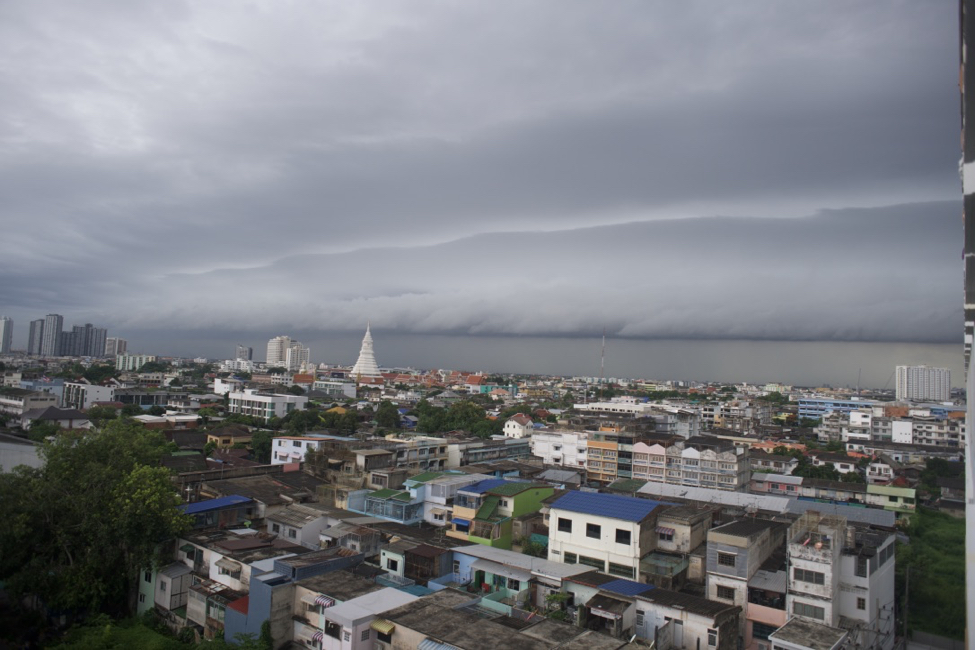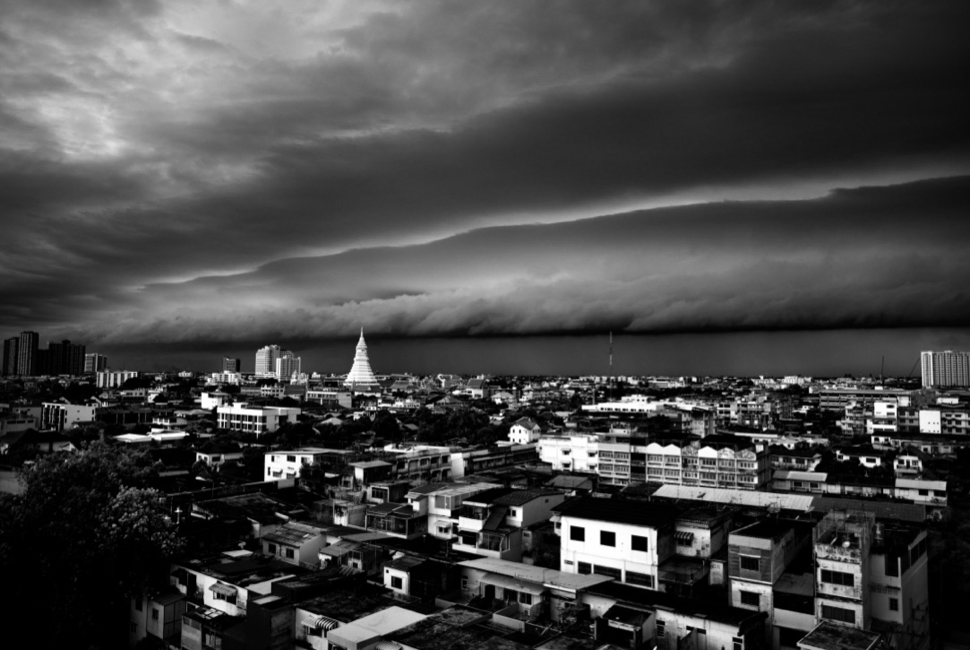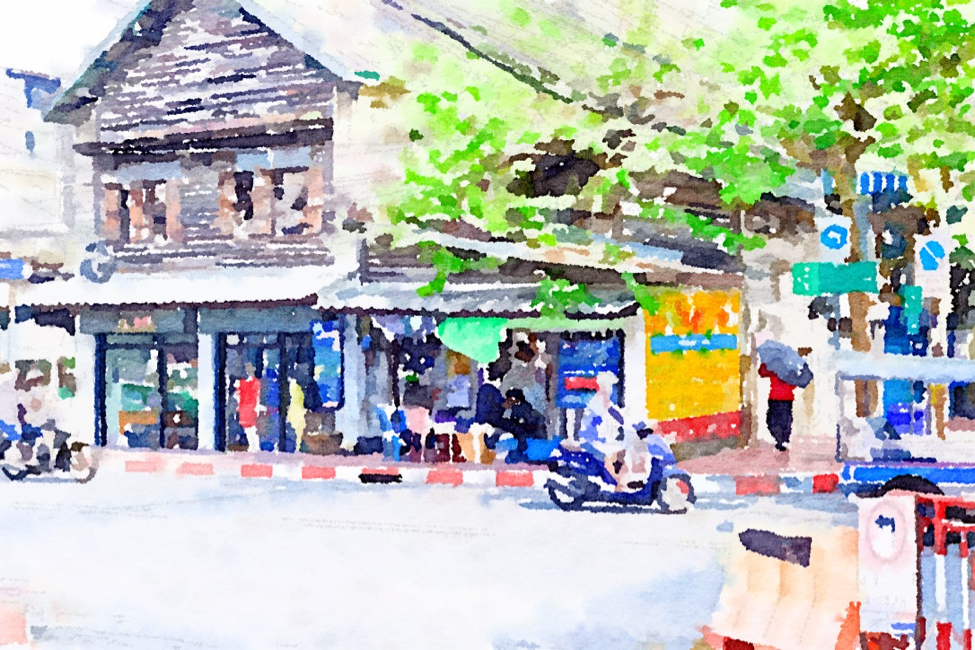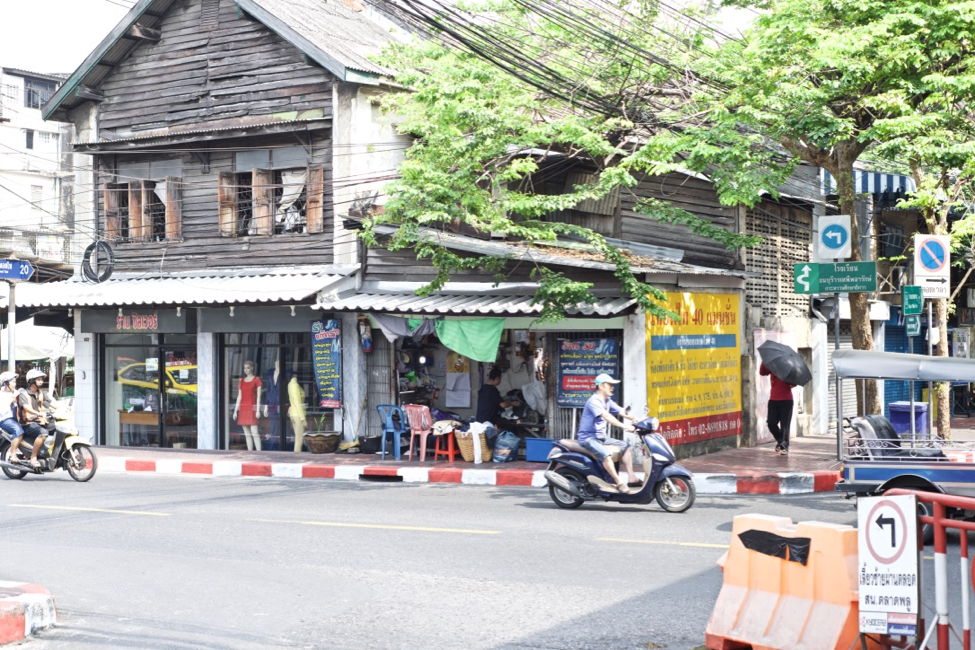|
|
Cassandra - Trying to Grasp the Ethics of Image Manipulation in the Digital AgeBy Graham K. Rogers
To be fair, the students have not been properly taught about the use of content that is not their own. At high schools they are encouraged to copy and paste. When I first came here, this was literal: students would photocopy information and paste it onto pages, then produce a beautiful report cover. The advent of online sources has made this far easier (and cheaper) to access multiple sources for information and copy/paste that into a file. The beautiful cover still completes the exercise. While checking their output, or editing graduate thesis work, I also check for the provenance of images and charts used. In some cases, it is easy to see that an illustration is their own. Most students I have dealt with are candid as to image sources: the lack of a reference is often an easily fixed oversight.
I have dealt with this in a number of ways, such as substituting a text comment for an image (one such has been on a Russian site for more than 5 years), or contacting the site owner. In only one case was there a negative reaction when an academic from Singapore was upset with my request to remove the image. In one extreme case, about 5 years ago, whole pages from my site (and from others) were used, with no attribution and author names removed. That particular site which was stealing content wholesale from a number of sites only lasted a few days. Some news publications have a less than stellar record when it comes to using images or videos found online, with certain British newspapers loading content to their sites even when permission has been expressly denied. Television sites may load content first and negotiate later, depending on the significance of a video clip.
Also remember that manipulation of images is not a digital phenomenon. Even with film there are several historic examples (not only from the former Soviet Union) of the removal of un-persons as well as airbrushing unwanted artifacts. It is well-known that Ansell Adams would adjust light levels when printing photographs to bring out the best effects from his negatives. This is what I do with both scanned negatives or RAW images (as many do) to bring out the best qualities (see images below). This is particularly necessary in RAW images which are a digital record rather than a true photograph.

JPEG from unedited RAW image taken on 2 July 2018 - ISO 200; 1/125s; Nikkor 24mm lens; ƒ/5

JPEG from edited RAW image taken on 2 July 2018
With such image types, it is not easy to draw a clear line to differentiate what is allowed or not. Those images that are lifted from other sites fall foul of rules about "using any stock photography images or using any portion of a photograph not personally captured by the entrant" [my italics]. One organizer also cited the artist's "intent to deceive and mislead the outcome of the investigation", so there appear to be several sound reasons for the actions taken. A recent image by Beth Moon on National Geographic also caused some controversy. It purported to be a photograph of the Milky Way, but a short while after it appeared, comments online suggested it had been manipulated beyond what was to be expected. It was noted that a number of sections within the image were repeated. EliSabeth Bik was among those who analyzed the image and she was able to identify where duplicate star patterns had been used. The image was later withdrawn by National Geographic. A version of the image, with annotations by Elisabeth Bik is available in an article by Allen Murabayashi (PetaPixel) in which Bik is interviewed . The image had purported to be an accurate photograph of the Milky Way, but was in effect a misrepresentation, or an impression of what might be seen. Several photographic journals such as Petapixel and Fstoppers looked at the image problem, and later - as her name had appeared in the texts of these articles - Elisabeth Bik was interviewed. She has a good ability to identify images that have been manipulated. In 2016 she was the co-author (with Arturo Casadevall and Ferric C. Fang) of a paper which examined image manipulation in biomedical journals, specifically those papers that had used western blot images (a type of analysis used to detect proteins): The Prevalence of Inappropriate Image Duplication in Biomedical Research Publications. In the paper several thousand journal articles published from 1995 to 2014 were examined and problems detected in a small but significant number (3.8%). Most papers came from USA (40.9%) and China (26.2%) with more problem images detected from the Chinese-authored papers, suggesting better peer-editing in the USA, along with a certain laxity (perhaps from the pressure to publish) from the Chinese papers. More faulty images came from papers written after 2003, which may be due to the wider availability of easy to use image editing applications. This is also a period when internet access was expanding. University ratings were also becoming more important (2004, THE-QS ratings). The main areas in which Bik et al detected problems were listed in the paper:
There were also image problems from "cuts" and "beautification", but neither of these was considered significant. One of the main tools that Bik uses when examining images, apart from her eyes, is the Apple Preview app. She accesses the Adjust Color tool and adjusts the contrast.
The images from Lisa Saad they are clearly intended as works of Art rather than true representations. Her problem was the source of some of the component images that were used in the composition. The photographs by Beth Moon, Steve McCurry and Andrzej N. (Bees on yellow flowers) are problematic in a different way as the enhancements mislead those viewing the images and create a false narrative.
Images used in non-academic (research) publications and competitions, need also to maintain high levels of veracity: clearly evolved from an original image that can be examined if required. With such images I question the need for cloning, although accept that use of some repair tools might be valuable in cleaning up an image. Similarly dust and noise removal are acceptable. In the interests of honesty, some photographers might wish to explain editing changes, in the same way that sometimes settings for aperture, time and film type (or ISO) are provided. I expect (or hope) I am like the majority and could not imagine editing an image so that it loses its core meaning - why I took the photograph in the first place - so apart from basic enhancements, always needed with RAW images anyway, the most dramatic change I am likely to make is to convert a color image to black and white. And I always keep the original.
Graham K. Rogers teaches at the Faculty of Engineering, Mahidol University in Thailand. He wrote in the Bangkok Post, Database supplement on IT subjects. For the last seven years of Database he wrote a column on Apple and Macs. After 3 years writing a column in the Life supplement, he is now no longer associated with the Bangkok Post. He can be followed on Twitter (@extensions_th) |
|






